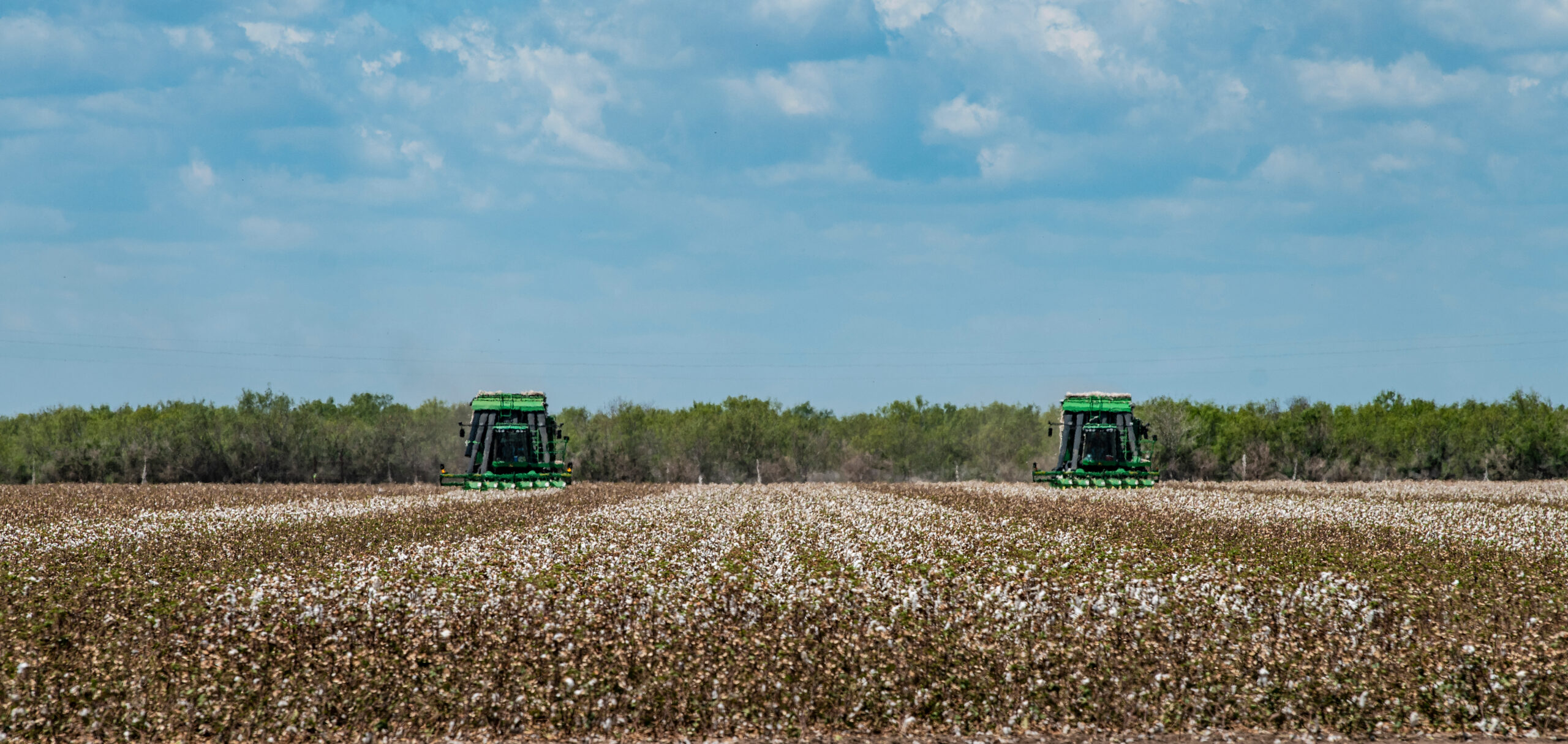The farm safety net includes a number of risk management tools that help producers navigate the risks they face, ranging from the Federal Crop Insurance Program to Title 1 of the farm bill. With crop insurance, farmers purchase the coverage which typically protects against price and yield risk within the growing season. By contrast, Title 1 of the farm bill authorizes programs – Agriculture Risk Coverage (ARC) and Price Loss Coverage (PLC) in particular – that are designed to complement crop insurance, protecting against risks not otherwise covered.
Because some of the programs have features in common, Congress has chosen to limit the choices available to producers. For example, the Supplemental Coverage Option (SCO) is an area-wide crop insurance policy that protects against county-wide losses in prices and yields (depending on the underlying policy) within the deductible portion of a producer’s crop insurance policy (i.e., the portion not covered by the underlying individual policy). In addition, in the 2014 Farm Bill, Congress created ARC, an FSA-administered program that protects against shallow losses in county-wide revenue. Because of the similarities between SCO and ARC, Congress stipulated that a producer was not eligible to purchase SCO on a crop enrolled in ARC. By contrast, a producer that enrolls the base acres on their farm in PLC – which covers deeper declines in marketing-year average prices – is permitted to purchase SCO at their discretion.
What does this have to do with cotton? In the 2014 Farm Bill, upland cotton was removed as a covered commodity and cotton producers were left with no access to ARC and PLC. Instead, they were left with an area-wide crop insurance policy – very similar to SCO – that was known as the Stacked Income Protection Plan (STAX). Several years later, when seed cotton was added to the farm bill in the Bipartisan Budget Act of 2018, cotton producers once again had access to ARC and PLC (albeit on seed cotton rather than cotton lint). An effort was made to eliminate STAX as a result, but policymakers recognized that not all producers have seed cotton base acres, so a political compromise was reached: STAX would remain available, but cotton producers would have to choose between STAX and ARC/PLC. According to the Bipartisan Budget Act of 2018, “[b]eginning with the 2019 crop year, a farm shall not be eligible for [STAX] for upland cotton for a crop year for which the farm is enrolled in coverage for seed cotton under [PLC] or [ARC].” Notice, the restriction did not simply prohibit a producer from having access two area-wide tools (i.e., STAX and ARC), it also prohibited producers from having access to STAX and PLC, despite the two options having little in common.
There is no prohibition on SCO and PLC, for good reason, as they cover different risks. We question the wisdom in deviating from that logic with respect to STAX and PLC. While we will explore the differences between STAX and PLC in detail in a future article, suffice it to say we would encourage policymakers to take another look at this requirement as they go about the process of reauthorizing the 2018 Farm Bill, especially in light of the current state of the farm economy.
Fischer, Bart L., and Hunter Biram. “STAX and PLC: Should Cotton Producers Have to Choose?” Southern Ag Today 5(15.4). April 10, 2025. Permalink


